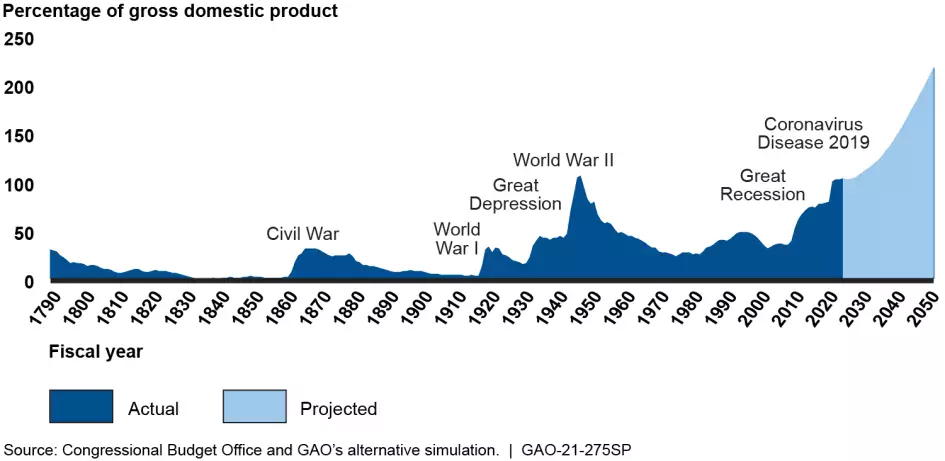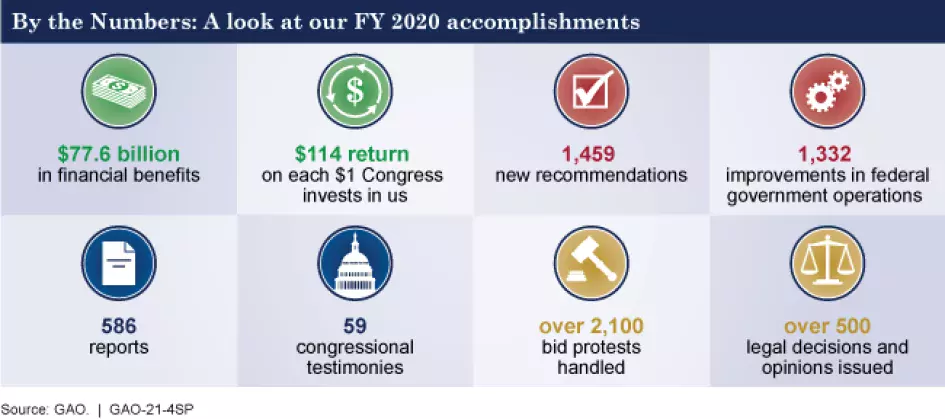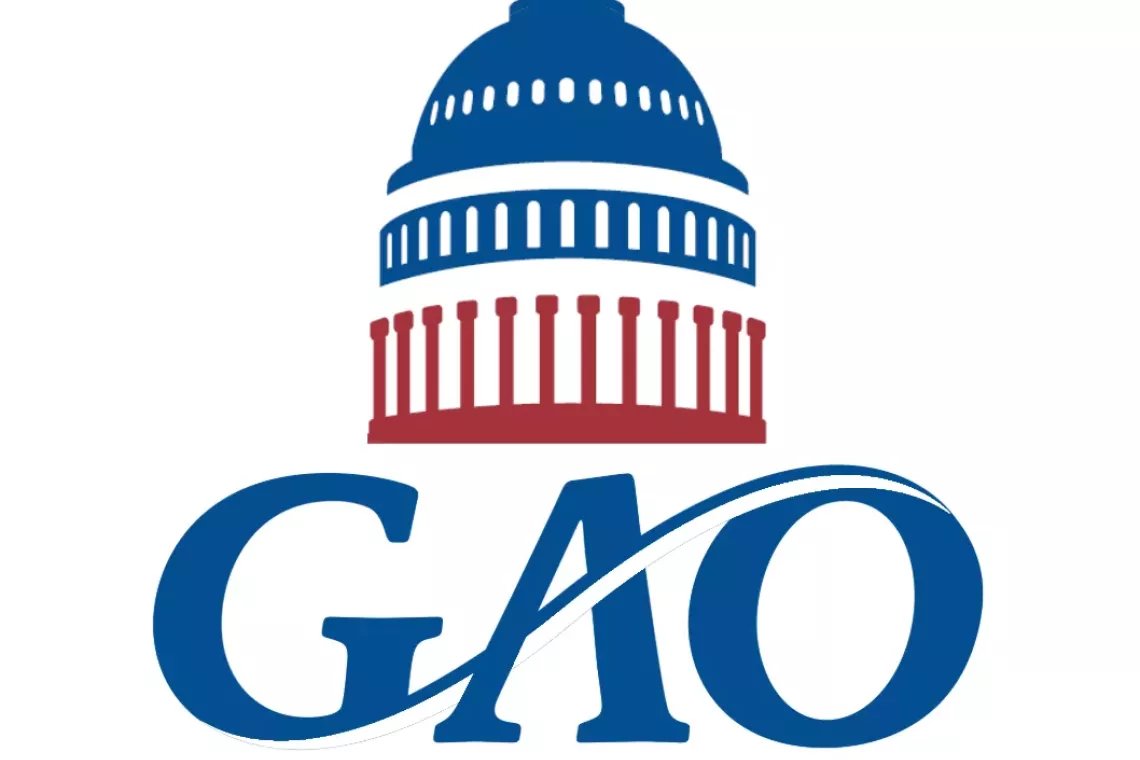100 Years of Accountability—GAO Products Improve Government Performance
In July, GAO celebrates its 100th anniversary! To commemorate our century of service to Congress, today’s WatchBlog post looks at some of our key, reoccurring reports that analyze federal spending and performance in order to improve the government agencies’ and programs’ effectiveness and efficiency.
Among other things, these reports include assessments of:
- program and spending vulnerabilities to fraud, waste, and abuse;
- nationwide challenges that could affect our economy and national security; and
- the federal response to emergencies like the COVID-19 pandemic.
Read on to learn more, but also visit GAO.gov to subscribe to our updates about new reports and testimonies by GAO experts.
Highlighting high risk areas
Every 2 years, with the arrival of a new Congress, we report on programs and operations that are ‘high risk’ due to their vulnerabilities to fraud, waste, abuse, and mismanagement, or that need transformation.
Our High Risk List for 2021 included 36 high risk areas, 2 of which are new:
- Emergency loans for small businesses. The Small Business Administration has administered billions of dollars in loans to help small businesses recover from the effects of COVID-19. However, greater attention and oversight of these funds is needed due to the risk of fraud.
- Drug misuse. National rates of drug misuse have increased over the past 2 decades. We found several challenges in the government’s response to this issue, such as a need for greater leadership and coordination, and a national strategy.
Overseeing CARES Act implementation
In response to COVID-19, Congress appropriated $3.1 trillion in emergency assistance under the CARES Act. Also under this legislation, we were tasked with issuing regular reports examining the federal response.
On March 31, we issued our 6th comprehensive report, which examines the ongoing implementation of the CARES Act and other relief measures. Among other things, this report looked at federal COVID-aid for education, unemployment, small business loans, and vaccine distribution.
America’s fiscal future
Each year in the spring, we provide Congress with an update on the nation’s fiscal health. In March, we reported that debt held by the public reached 100% of GDP in FY 2020, up from 79% in FY 2019. In our report, we suggested that Congress consider developing a long-term plan that includes fiscal rules and targets to help manage the government’s fiscal outlook.
Image

Reducing government program duplication
In addition to analyzing government spending, we also looks for ways to improve government efficiency by identifying agencies and programs that provide similar services (overlap), work on similar or different parts of the same goal (fragmentation), or work on the same activities (duplication).
Since 2011, we’ve issued 10 annual reports that identify areas of duplication, overlap, and fragmentation. For example, in our 2020 report, we found that IRS could save billions of dollars by improving its efforts to prevent identity theft refund fraud.
Our annual reports have helped to improve federal government operations by recommending actions for agencies to take that could save the government tens of billions of dollars. In our 10th annual report, issued last May, we identified 168 new actions for improving government operations. Over the past decade, our annual assessment has helped the government save over $429 billion. We will issue our 11th annual report later this month.
Priority recommendations
Our reports don’t just identify weaknesses in federal programs and operations. We also make thousands of recommendations each year to help guide agencies and policymakers toward decisions that promote efficiency and effectiveness in government.
Check out our recommendations database to find recommendations we’ve made by agency, subject, program, or topic.
Image

To help prioritize these opportunities, we notify agencies annually about recommendations that warrant priority attention since implementing them can help Congress make decisions on major issues and transform government programs and agencies. Our priority recommendations cover a range of activities from seafood safety to cybersecurity.
As of May 4, there were 4,820 open recommendations of which 383 were listed as priority recommendations.
Auditing the government’s finances
Earlier this year, the federal government issued its FY 2020 financial statements, which provide a comprehensive view of government finances—including spending, revenues, and debt. We audited the FY 2020 and 2019 statements and found serious financial management weaknesses prevented us from giving the government a “clean opinion” that its financial statements are fairly presented. Without reliable statements, Congress and the Administration are not best positioned to plan for our nation’s fiscal future.
Image

Analyzing our performance and accountability
Each year, we also issue a scorecard that summarizes our performance and achievements during the past year. For example, in FY 2020, we helped the government save $77.6 billion in federal spending. That’s $114 dollars for every dollar Congress invests in us! The below table summarizes some of our other achievements in FY 2020.
Image

- Comments on GAO’s WatchBlog? Contact blog@gao.gov.



